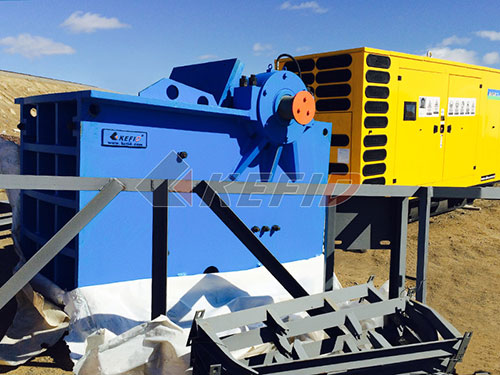How Much Does One Cubic Yard of Crusher Run Weigh? The Essential Guide for Builders and Landscapers
Understanding the weight of crusher run per cubic yard is fundamental for anyone involved in construction, landscaping, road base preparation, or driveway installation. This seemingly simple question holds significant practical importance, impacting everything from project budgeting and material ordering to transportation logistics and structural integrity. Getting this calculation wrong can lead to costly over-ordering, unexpected delivery fees due to overweight trucks, or worse – project delays due to under-ordering.
So, what’s the definitive answer? A cubic yard of crusher run typically weighs between 2,400 and 3,000 pounds (1.2 to 1.5 US tons). However, pinning down a single exact number is impossible without specific context. Why such a range? Because several critical factors influence the final weight significantly.
Let’s delve into the composition of crusher run and explore the variables that dictate its density and weight.
Deconstructing Crusher Run: What Exactly Is It?

Crusher run (often referred to as CRUSH ‘N RUN, dense grade aggregate – DGA, quarry process – QP, or 3/4-inch minus) is not a naturally occurring material but rather a meticulously engineered blend. It’s produced within quarries by crushing larger stones – typically limestone, granite, trap rock, or sometimes gravel – through multiple stages of jaw crushers and impactors.
The defining characteristic of crusher run is its gradation. It contains particles ranging in size from fine dust (“fines”) up to a specified maximum dimension – most commonly 3/4 inch (19mm), though variations like 1-inch minus exist. This carefully controlled particle size distribution includes:

1. Coarse Aggregate: Particles retained on a No. 4 sieve (approx. 4.75mm / 0.187 inches) up to the maximum size (e.g., 3/4 inch).
2. Fine Aggregate: Particles passing through the No. 4 sieve down to very fine rock dust.
3. Fines: The silt/clay-sized particles resulting from the crushing process.
This mix is crucial for its performance:
The coarse aggregate provides structural strength and load-bearing capacity.
The fines act as a binding agent when compacted.
The overall gradation allows for excellent interlock between particles when mechanically compacted.
This combination creates

Leave a Reply